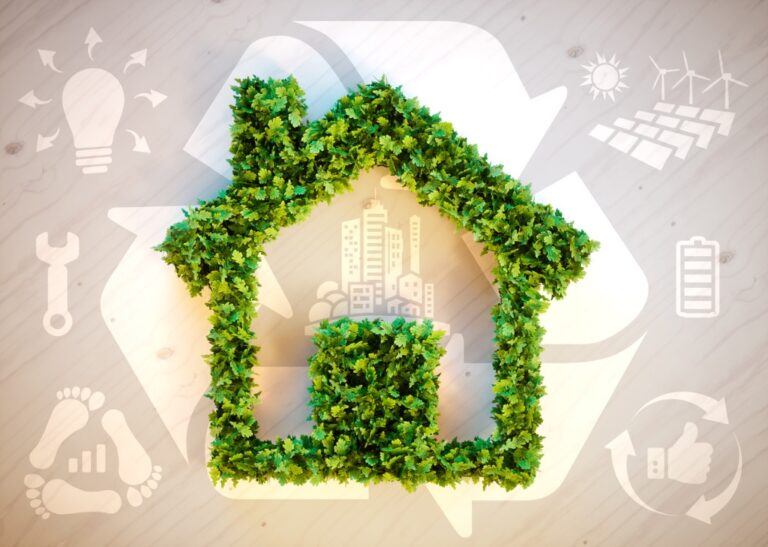
Photo by Petmal via iStock
With the increasing severity of the effects of climate change and global warming, it is now more important than ever to change the way we live to help save the environment and, ultimately, ourselves.
One way is through our energy consumption.
The video below by Exploring Alternatives shows how a couple incorporates passive solar energy when building their home.
Taking a few aspects from the video as examples, we’ll learn five ways to incorporate passive solar energy at home so you can start using the radiant heat from sunlight!
Table of Contents
- How a Passive Solar Energy Home Works
- Ways to Incorporate Passive Solar Energy at Home: Refine the Design
- Install Solar Water Heating
- Ways to Incorporate Passive Solar Energy at Home: Replace the Walls
- Use Energy-Efficient Window Attachments
- Ways to Incorporate Passive Solar Energy at Home: Choose Sustainable Alternatives for Interior Design
How a Passive Solar Energy Home Works
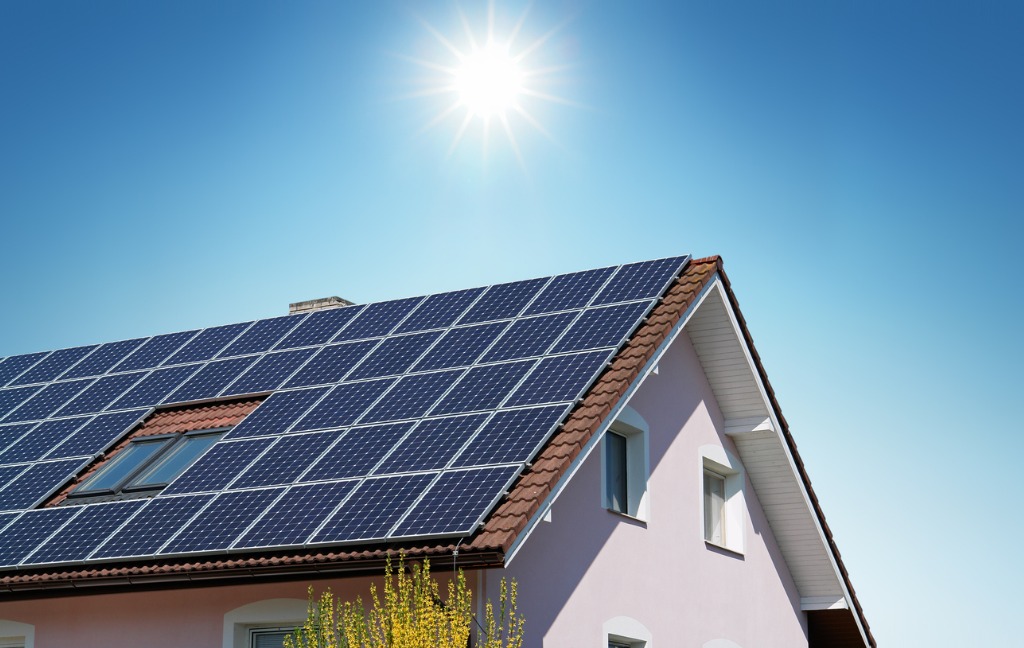
Photo by narvikk via iStock
The uniqueness of this kind of home is how it utilizes sunlight.
It collects heat when the sun shines through its windows and retains it in thermal mass, materials specially designed to store heat.
This heat will then be distributed to different areas of the house by using small fans and blowers.
A home with a great solar design can provide warmth and power continuously, so you will no longer need to rely on fossil fuels and other non-renewable sources!
Furthermore, check out a few other design ideas for container homes and log cabins. These houses are great sustainable housing alternatives and environmentally friendly. You can even implement passive solar energy in these other designs.
Ways to Incorporate Passive Solar Energy at Home: Refine the Design

Photo by kazuma seki via iStock
If you’re looking to build a brand new house to accommodate solar heating, this is where it begins.
In the video referenced above, the house is oriented to face south to maximize the sunlight it can receive. This notion is supported by designing the roof to have properly sized roof overhangs that can provide shade during summer.
On the other hand, if you already have a home and want to make it add passive solar energy components, then explore potential areas that can be renovated, such as roofing and windows.
To ensure your designs are practical and contain the right passive energy components, you’ll need to check whether it passes a Passive House Certification.
Install Solar Water Heating
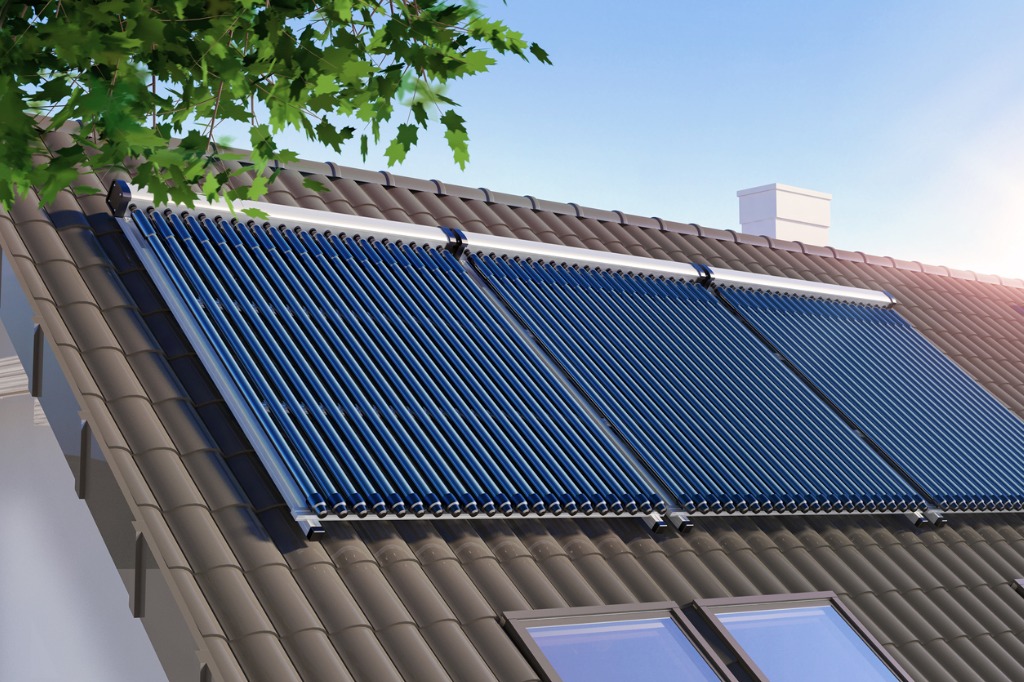
Photo by KangeStudio via iStock
There are two types of solar water heating systems to choose from.
You could either install an active solar water heating system, which comes in either a direct or an indirect circulation system, or a passive solar water heating system, which comes in either an integral collector-storage system or a thermosyphon system.
Both solar heating systems require solar collectors and water storage containers or tanks. However, active solar water heating systems also require circulating pumps and controls.
There are also ready-made solar water heater systems that you can purchase, such as the SRCC Certified 40 Gallon Solar Water Heater.
Ways to Incorporate Passive Solar Energy at Home: Replace the Walls
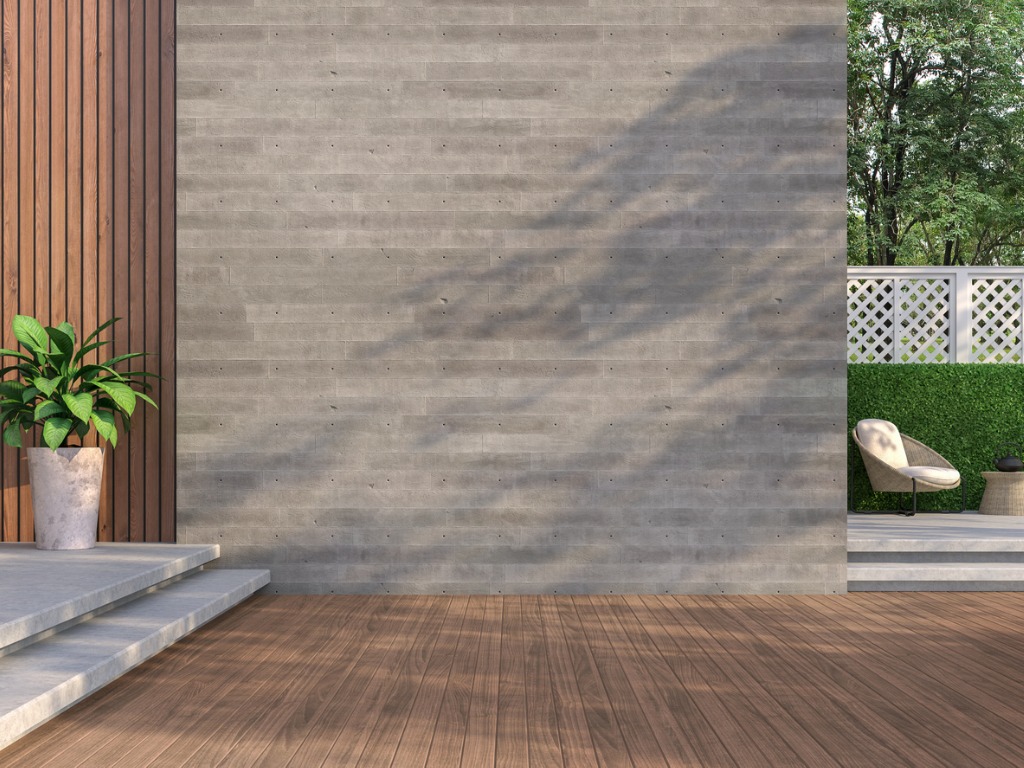
Photo by runna10 via IStock
One common way for indirectly gaining solar energy is by having Trombe walls.
These are dark, thick masonry walls placed on the house’s south side, with a layer, or two, of glass mounted in front.
The walls’ mass helps retain the heat absorbed throughout the day, which radiates into the living space.
In the video, the house’s walls are 20 inches thick and insulated using insulation named Roxul. Not only is the insulation locally made, but it has fewer flame retardants than traditional insulation.
As a result, the insulation allows for more environment-friendly living and cleaner indoor air.
Use Energy-Efficient Window Attachments
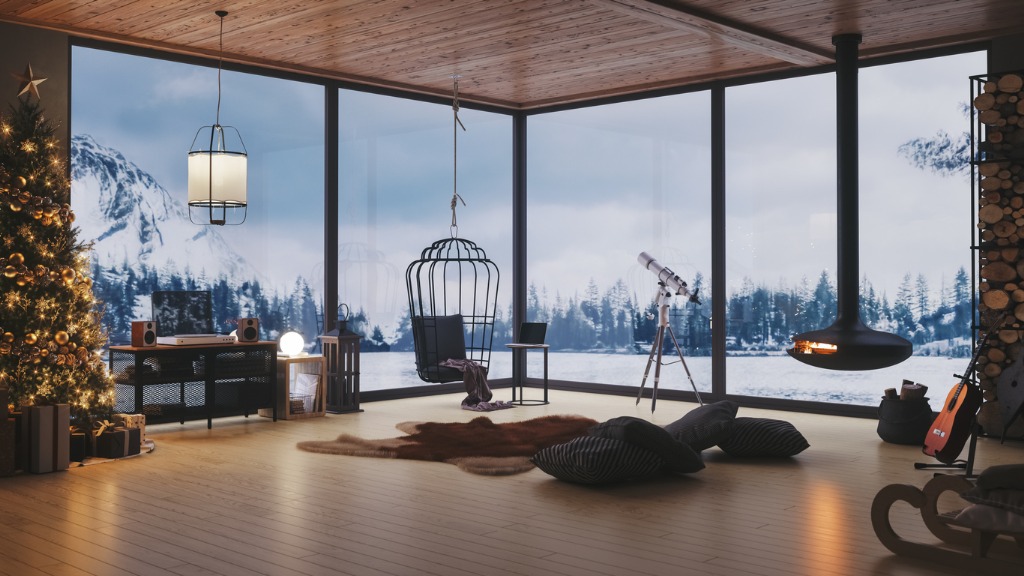
Photo by imaginima via iStock
Did you know that about 30% of a home’s heating energy is lost through its windows?
Having south-facing windows is great, but if that much thermal energy is lost, your energy efficiency needs to be improved.
One way to prevent this heat loss is to have window attachments that are specifically energy-efficient. They’re well-designed for indoor temperature control as they reduce heat loss when it’s cold and unwanted heat gain when it’s hot.
There are various types of energy-efficient window attachments, such as interior (e.g., blinds, cellular shades, pleated shades, roller shades, and shutters) and exterior (e.g., films applied directly to glass, solar screens, and storm windows).
It is important to search for products certified with the Attachments Energy Rating Council (AERC) Energy Improvement rating. This will ensure that you have more energy savings and comfort.
Ways to Incorporate Passive Solar Energy at Home: Choose Sustainable Alternatives for Interior Design

Photo by dszc via iStock
Nowadays, we need to consider building components and design elements carefully to ensure that we are eco-friendly.
Choosing sustainable alternatives for the interior of your home is a great way to spruce up your living conditions and preserve the environment.
In the video above, the house is designed to be equipped with a bioethanol fireplace, concrete countertops, and reclaimed pine flooring.
You can get the same enjoyment of an indoor fire in a safer and more eco-friendly way with a bioethanol fire. This fire doesn’t emit any smoke or fumes, so no harmful pollutants are released into the air. You also won’t need a chimney, so you can have more space for installing solar panels on your roof.
Alternative materials such as concrete, which can substitute granite, and reclaiming materials, instead of using new ones, are also easy ways to be more eco-friendly.
For instance, concrete is a highly durable material that will last many years if maintained properly and sealed properly.
You can also use sustainable paint, such as Airlite. This paint, in particular, is 100% made of minerals, contains no Volatile Organic Compounds, and can actually purify indoor air.
The way it does this is through photocatalysis. When the paint is hit by light, it creates a concentration of electrons interacting with the oxygen in the air.
As a result, negative ions are produced, which combine with airborne pollutants and turn them into harmless molecules reabsorbed into the paint.